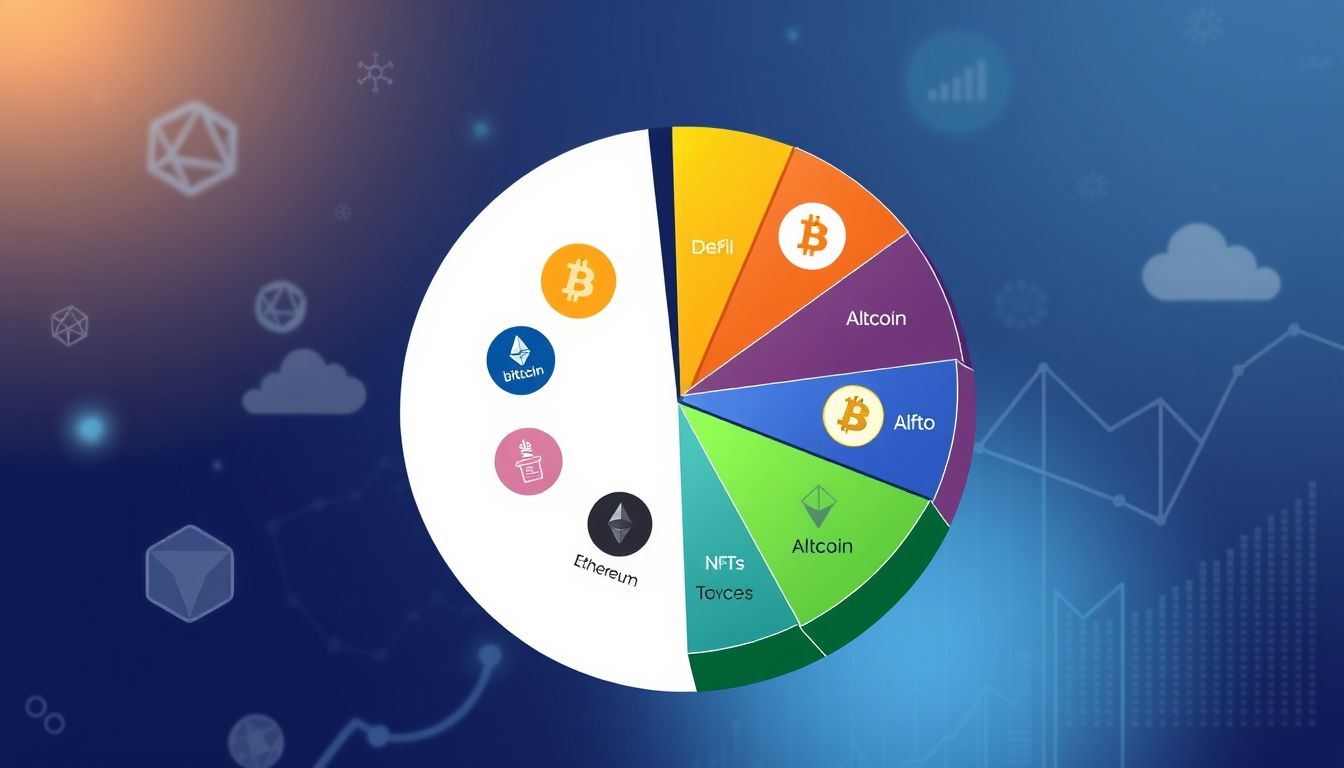Environmental Cryptocurrencies: The Future of Sustainable Finance and Green Mining
The world of cryptocurrencies is undergoing a radical transformation towards sustainability, driven by the growing awareness of the environmental impact of traditional mining operations. Environmental cryptocurrencies are not just an alternative to traditional cryptocurrencies; they represent a new vision of finance that places sustainability at the heart of its operations.
Chapter 1: What are Environmental Cryptocurrencies?
Environmental cryptocurrencies are a class of cryptocurrencies designed to reduce the environmental impact associated with mining operations and energy consumption. These currencies aim to achieve sustainability by using alternative consensus mechanisms, such as Proof of Stake (PoS) or other eco-friendly mechanisms.
The Difference Between Environmental Cryptocurrencies and Traditional Cryptocurrencies
The main difference lies in how transactions are verified and new blocks are added to the blockchain. While traditional cryptocurrencies like Bitcoin rely on Proof of Work (PoW), which consumes enormous amounts of energy, environmental cryptocurrencies use alternative mechanisms that significantly reduce energy consumption.
Chapter 2: Alternative Consensus Mechanisms: Proof of Stake (PoS) and Others
Proof of Stake (PoS) is an alternative consensus mechanism that allows network participants to verify transactions based on the number of coins they own and "stake." This process requires significantly less energy compared to Proof of Work, making it an attractive option for environmental cryptocurrencies.
Other Eco-Friendly Mechanisms
- Proof of Authority (PoA): Relies on a specific set of trusted validators.
- Proof of Importance (PoI): Rewards participants based on their activity and contribution to the network.
- Proof of Capacity (PoC): Uses hard drive space instead of processing power.
Chapter 3: Examples of Leading Environmental Cryptocurrencies
There are several environmental cryptocurrencies that are gaining increasing popularity, including:
- Chia (XCH): Uses Proof of Space and Time to reduce energy consumption.
- Algorand (ALGO): Relies on a modified version of Proof of Stake called Pure Proof of Stake (PPoS).
- SolarCoin (SLR): Rewards solar energy producers with cryptocurrencies.
Chapter 4: Challenges Facing Environmental Cryptocurrencies
Despite the environmental benefits, environmental cryptocurrencies face some challenges, including:
- Limited Adoption: These currencies are still less well-known than traditional cryptocurrencies.
- Price Volatility: Like all cryptocurrencies, their prices can be highly volatile.
- Security Concerns: It must be ensured that alternative consensus mechanisms are secure and able to resist attacks.
Chapter 5: Benefits of Sustainable Mining
Sustainable cryptocurrency mining not only reduces environmental impact but also provides economic and social benefits, such as:
- Energy Savings: Reducing operating costs and increasing profitability.
- Improved Reputation: Attracting investors and customers interested in sustainability.
- Supporting Innovation: Encouraging the development of new eco-friendly technologies.
Chapter 6: The Role of Governments and Organizations in Supporting Environmental Cryptocurrencies
Governments and organizations can play a crucial role in supporting environmental cryptocurrencies by:
- Providing Tax Incentives: Encouraging the use of environmental cryptocurrencies.
- Funding Research and Development: Supporting the development of sustainable mining technologies.
- Setting Environmental Standards: Ensuring that mining operations comply with sustainability standards.
Chapter 7: Investing in Environmental Cryptocurrencies: Risks and Opportunities
Investing in environmental cryptocurrencies carries risks and opportunities. Among the risks:
- Market Volatility: Prices can change quickly and unexpectedly.
- Regulatory Risks: Laws and regulations regarding cryptocurrencies may change.
- Technology Risks: Security vulnerabilities may appear in cryptocurrency protocols.
The opportunities include:
- Market Growth: The environmental cryptocurrency market is expected to grow significantly in the coming years.
- Sustainable Investing: Investing in these currencies allows you to support environmentally friendly projects.
- Portfolio Diversification: Environmental cryptocurrencies can help diversify an investment portfolio.
Chapter 8: The Future of Sustainable Finance with Environmental Cryptocurrencies
Environmental cryptocurrencies have the potential to change the future of finance by:
- Encouraging Sustainability: Incentivizing companies and individuals to adopt eco-friendly practices.
- Increasing Transparency: Providing accurate and reliable information about the environmental impact of financial transactions.
- Facilitating Access to Finance: Enabling startups and small projects to obtain the funding needed for growth.
Chapter 9: Case Studies: Successful Projects in Sustainable Mining
There are several successful projects in the field of sustainable mining, such as:
- Using Renewable Energy: Powering mining operations with solar or wind energy.
- Reusing Heat: Using the heat generated by mining operations to heat buildings or operate industrial processes.
- Reducing Electronic Waste: Recycling electronic devices used in mining.
Chapter 10: Practical Tips for Investors Interested in Environmental Cryptocurrencies
If you are interested in investing in environmental cryptocurrencies, here are some tips:
- Do Your Research: Before investing, conduct thorough research on the cryptocurrency, its technical team, and its vision.
- Diversify Your Portfolio: Don't put all your money into one cryptocurrency. Diversify your portfolio to reduce risk.
- Be Cautious: Only invest what you can afford to lose.
- Stay Informed: Follow market news and regulatory developments.
Environmental cryptocurrencies represent an important step towards a more sustainable future for finance. By adopting eco-friendly consensus mechanisms and supporting sustainable mining projects, we can reduce the environmental impact of cryptocurrencies and contribute to building a greener economy.




